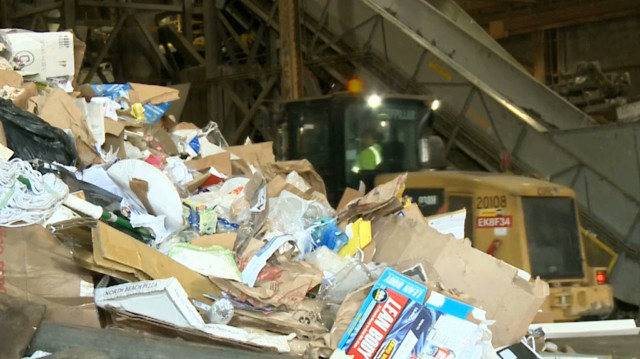New research shows that the world has produced more than 8 billion metric tons of plastic since 1950. The researchers behind that number also found out where most of that material has ultimately ended up.
CGTN’s Mark Niu takes a look at their results.
“We were all taken aback,” according to Professor Roland Geyer of the University of California-Santa Barbara. “A little thought experiment- I spread out plastic waste ankle deep. And with 8.3 billion metric tons I was able to cover an area the size of Argentina, which is the 8th largest country in the world.”
Geyer and two other researchers analyzed data from all over the world. They determined that plastic for packaging makes up more than 40 percent of non-fiber plastic waste. Building and construction materials were the second largest group, coming in at about 20 percent.
As for the fastest growing category of plastic waste, the researchers determined synthetic fibers commonly found in clothing comes out on top.
“Nylon, the polyamide, the polyester is just plastic, so in principle it can be recycled,” Professor Geyer said. “But it’s very difficult for economic reasons. It’s very difficult to collect and separate. We actually assume that fiber recycling rate is currently zero.”
According to his figures, the current global recycling rate for plastic is just 14 percent. Europe has the highest recycling rate at 30 percent, while China is at 25 percent and the U.S. at only 9 percent.
In an earlier study, the professor also discovered that plastic debris has been discovered in all major Ocean basins. An estimated 4 to 12 million metric tons of plastic generated on land entered the marine system in a single year.
Geyer said the best way to cut plastic waste is ‘reduce and re-use.’ If we don’t, and instead continue as we are doing now, according to the professor, by 2050 there will be enough plastic waste to cover Argentina “twice over.”
 CGTN America
CGTN America

